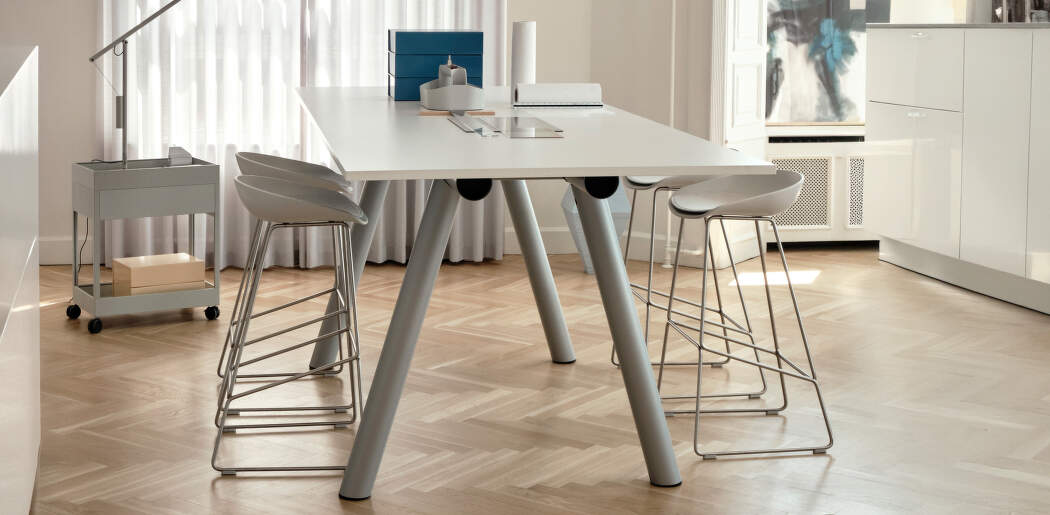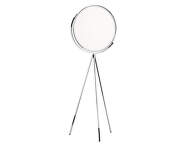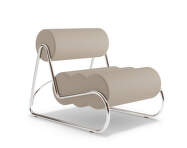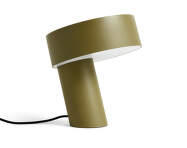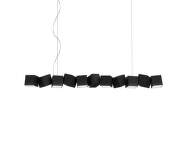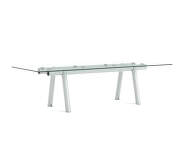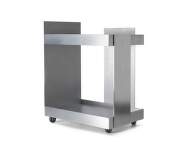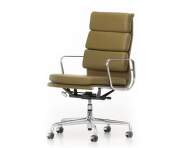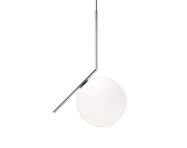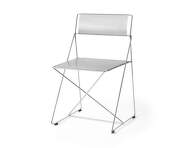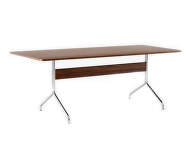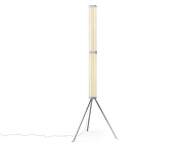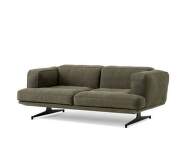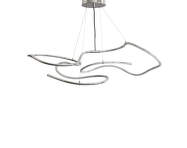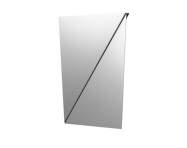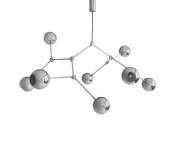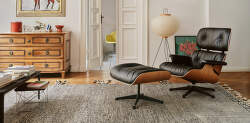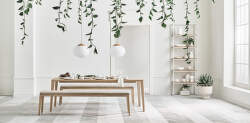Hi-tech - the fascinating trend of the 1970s
The hi-tech style emerged in 1970s architecture as a radical movement that built on Brutalism but brought lightness, sophistication and an emphasis on technology. Architects such as Richard Rogers, Renzo Piano and Norman Foster designed buildings that had emphasised structural elements, or exposed elements that would otherwise be hidden in the building's interior, such as pipes or wiring (Centre Pompidou, Sainsbury Centre for Visual Arts). The structure itself became the main aesthetic element.

Until the 1970s, the materials that define hi-tech were more the domain of industry: brushed aluminium, polished chrome, steel, glass. In interiors and products, these materials look clean, perhaps even austere for some, but still very sophisticated.
The fundamental principle that defines this style is that form follows function. Form is not determined by appearance, but by purpose - and this is what wins it its admirers.
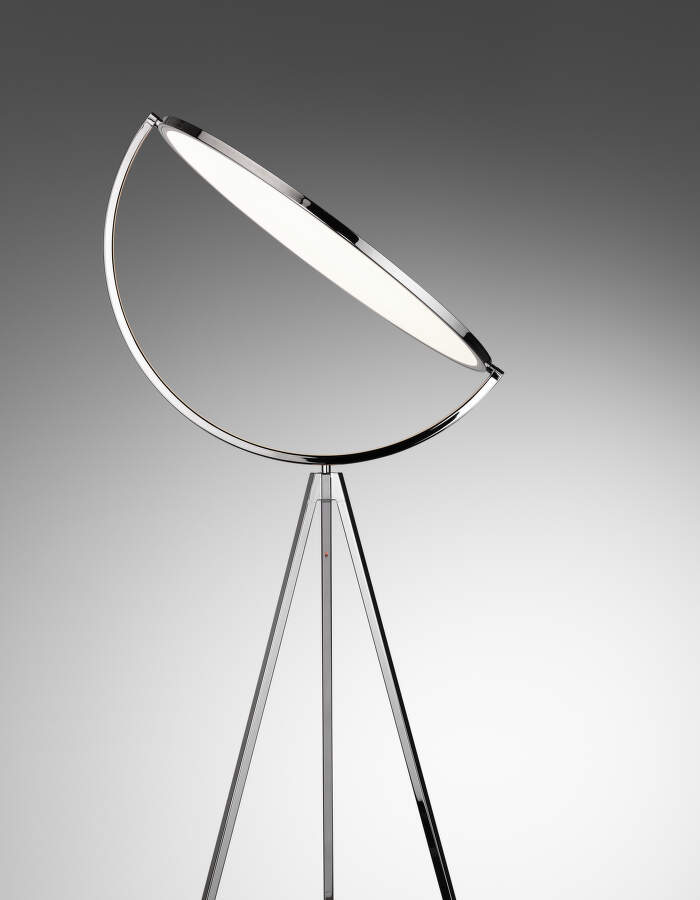
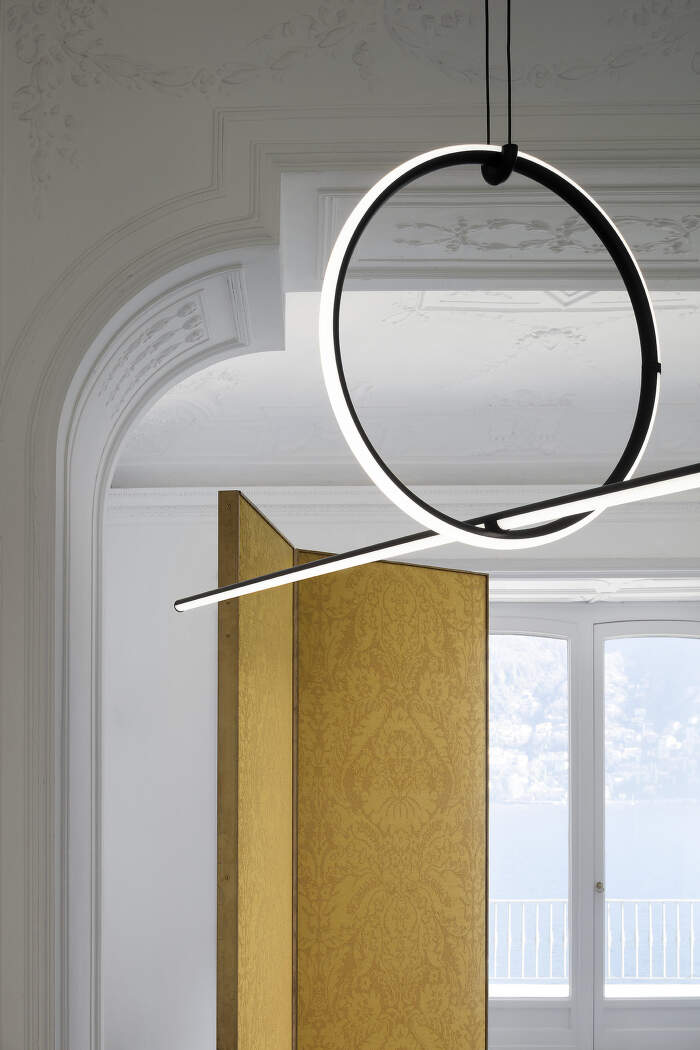
Scandinavian interpretation
In the Nordic context, hi-tech takes on a new dimension. While classic hi-tech can feel impersonal, Scandinavian brands take the best of it: acknowledged technical design, functionality and precision, which they combine with attention to detail and user comfort. This design position speaks with the precision and matter-of-factness of an architect's technical drawing, and yet it carries a subtlety that makes it more than just an austere technical solution.
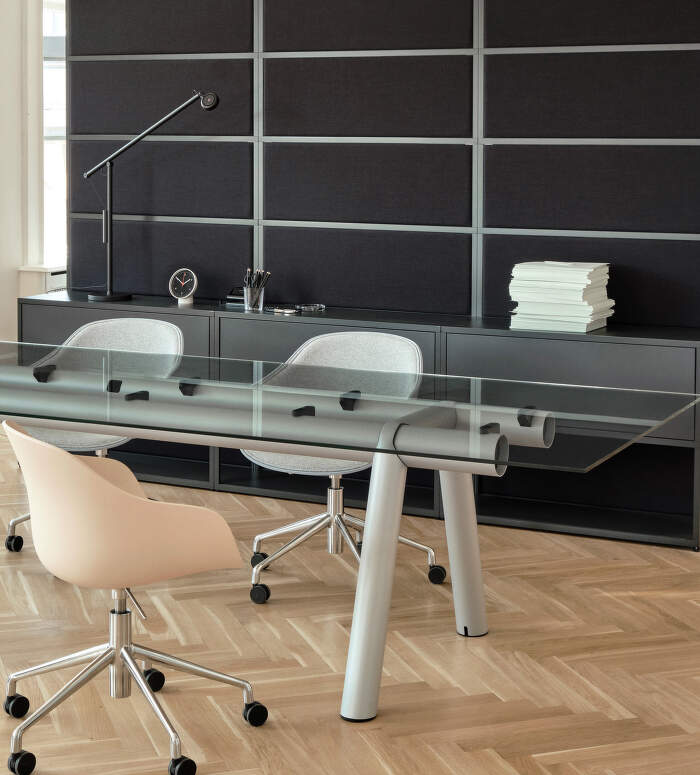
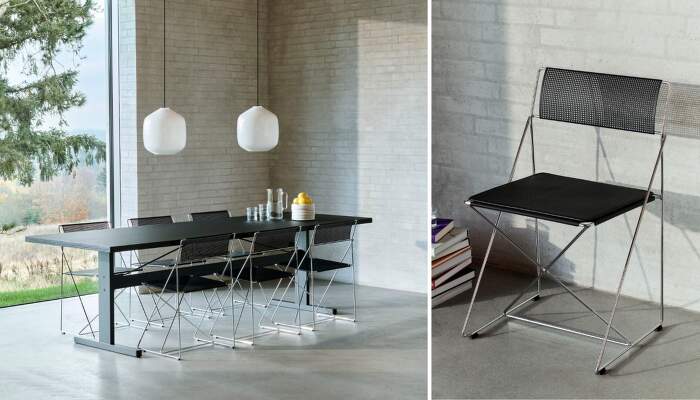
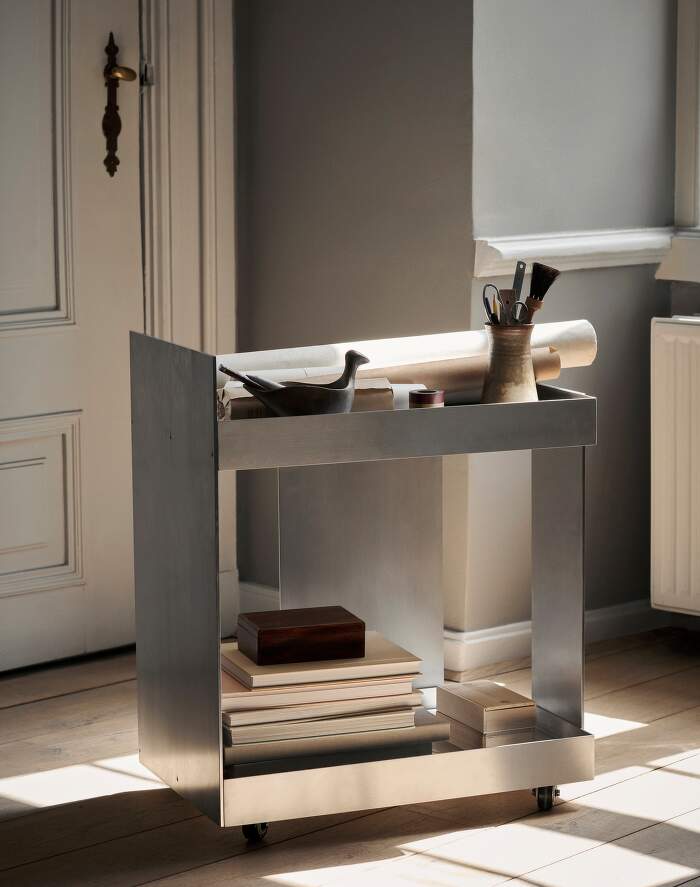
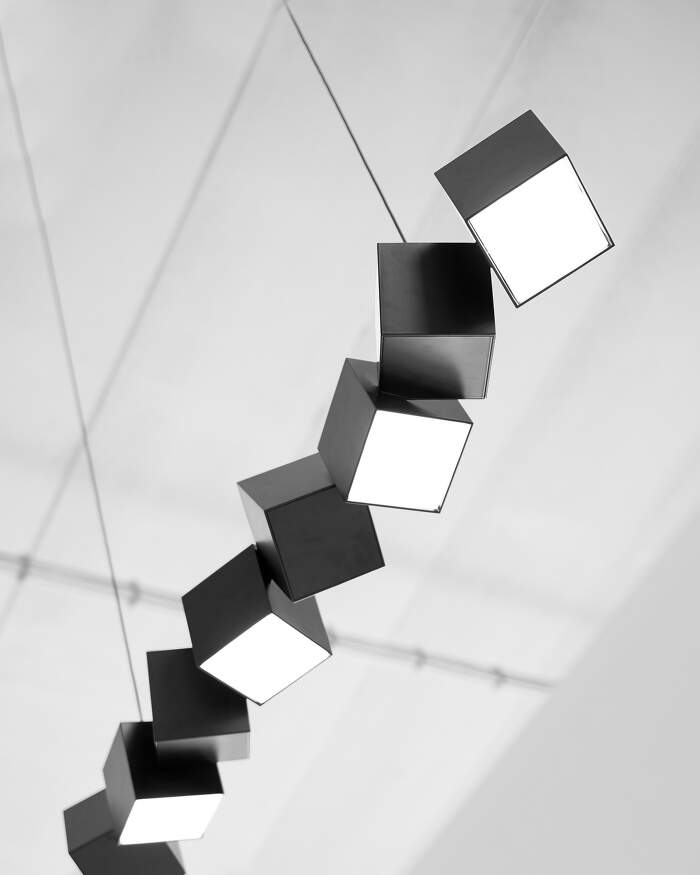
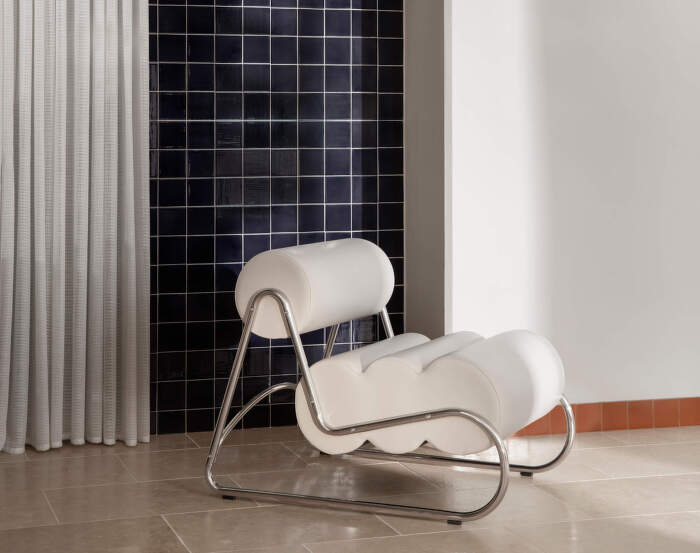
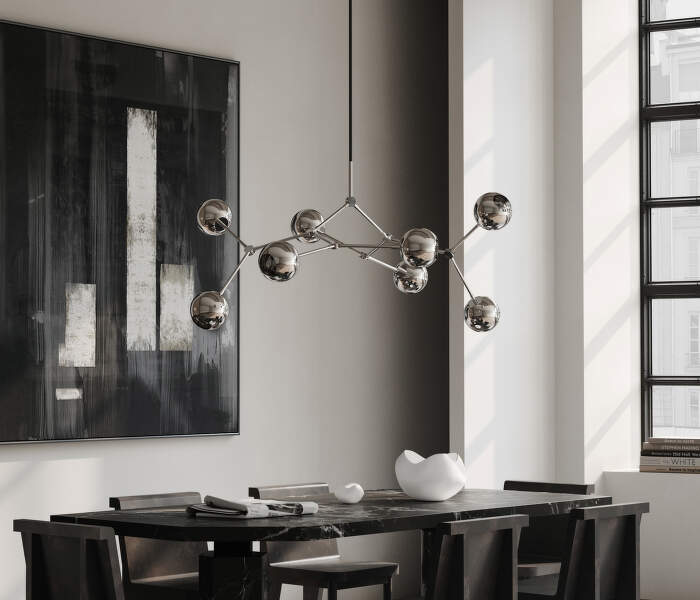
A blending of hi-tech and raw masculinity
In our inspiration selection, we combined a technical, almost surgically precise hi-tech style with furniture pieces that can be described as raw, masculine and at times even brutalist. These two positions create a perfect contrast, and we called our selection aptly Hi-tech & Masculinity.
